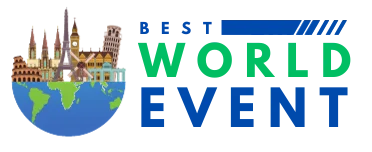Photography exhibition at the Mound delves into space exploration
It has already informed space policy units in Europe and the US and is now showing in Scotland – a world leader in satellite production and emerging key player in space initiatives.
A year in the making, it is a call by photographer Max Alexander for protection of the night skies and transports onlookers to orbital space to view the growing issue of space debris and satellite crowding.
In the last few years, there has been an exponential growth in the number of mega-constellation satellites, raising concerns around the world about the impact this will have on space.
Alexander’s photography exhibition, Our Fragile Space, is aimed at raising awareness of the issue and the crucial need for stewardship of this fragile environment.

It sets out to demonstrate that space is not an unlimited resource and the need for stewardship of the near-space environment.
The exhibition uses visual storytelling to show the bigger picture of the societal and economic benefits that space gives humans while also creating the world’s newest sustainability problem.
READ MORE: Fellowship fuels Scottish-Egyptian writer’s new novel on Grangemouth
Anthropogenic change – human-caused environmental damage – is already polluting the land, the oceans and the atmosphere and is now threatening this fourth domain of space.
The project took Alexander to the top of volcanoes in the Pacific and Atlantic Oceans and mega-constellation launches on both coasts of the United States within a few days of each other.
It also took him on a much less glamorous but no less important journey through the space sector, government, space agencies, military, regulation, the insurance markets and professional astronomy.
The influential exhibition has been to the United Nations in Vienna, the European Parliament and New York Stock Exchange before reaching Edinburgh as part of the city’s Science Festival.
It’s arrival in the city comes as Japan plans to launch the world’s first wooden satellite to combat space pollution.
READ MORE: Initiative aims to bring 500 Black creatives into Scotland’s cultural industries
The wooden satellite has been created by researchers at Kyoto University and logging company Sumitomo Forestry to see if biodegradable materials such as wood can be used as environmentally friendly alternatives to the metals currently used to build satellites.
Recent research carried out by scientists at Canada’s University of British Columbia, Canada, found that aluminium from re-entering satellites could cause serious depletion of the Earth’s ozone layer which gives protection from the sun’s ultraviolet radiation.
The wooden satellite is set to be launched this summer.
Our Fragile Space: Protecting the Near Space Environment is showing at the Mound until April 18
















